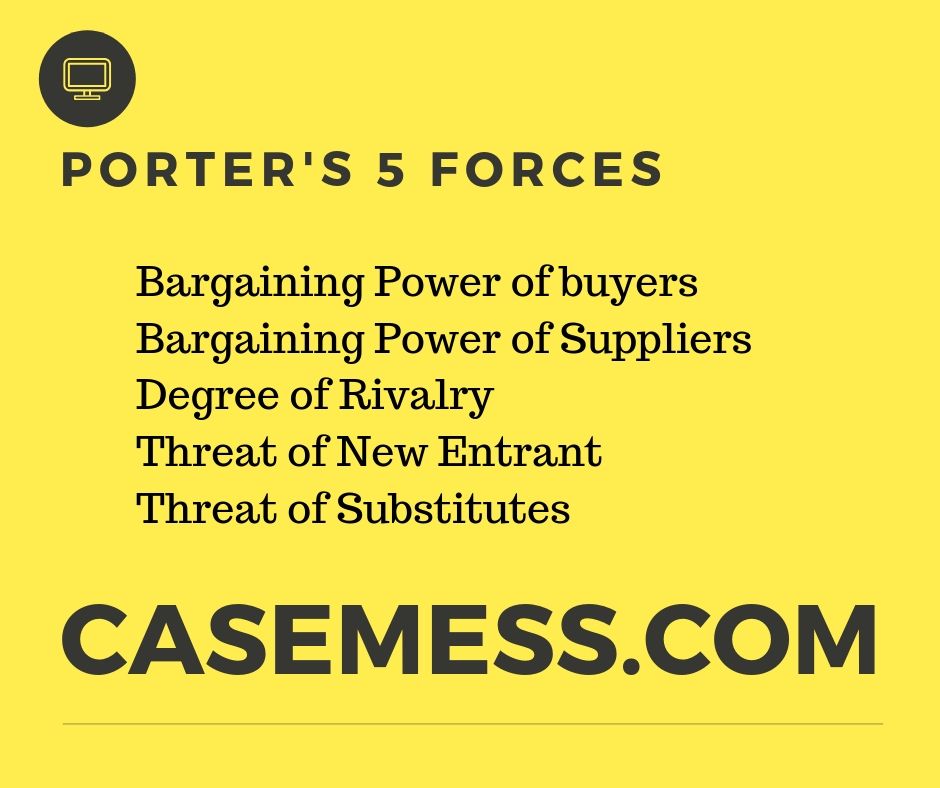Chicago Booth Case Study Help
Home >> Chicago Booth
Chicago Booth Case Solution
One of the essential pattern in the world of organisation is Chicago Booth Case Study Analysis of business and industries. The factors like environment, supply and demand has been progressing companies to drive towards operating themselves as a homogenous market throughout the world. Chicago Booth Case Study Help of business is to increase integration and connection at international level between individual companies, and nation-states. It is mainly defined as a movement of:
• Goods and services
• Labor.
• Capital.
Throughout the world, it is a boost in political, cultural, technological, social, economic and eco-friendly spheres. It all starts with a substantial boost in sourcing at worldwide level by list below international acknowledgment in order to develop into an international company.
Modifications in the organizational structure is connected with its culture, process, structure, core competencies and primarily its mission which leads in underestimating of differences in management of cosmopolitan enterprise, international operations and worldwidecompanies.
Problem Statement:
 In Chicago Booth Case Study Analysis of any company, item existence in a worldwide market for their entrance needs item specialization i.e. change of entire production procedure to low expense one product. Thinking about dis aggregation of production procedure by focusing on their prospective locations i.e. a single item will be produced and assembled at different areas is an excellent obstacle for company.
In Chicago Booth Case Study Analysis of any company, item existence in a worldwide market for their entrance needs item specialization i.e. change of entire production procedure to low expense one product. Thinking about dis aggregation of production procedure by focusing on their prospective locations i.e. a single item will be produced and assembled at different areas is an excellent obstacle for company.
Theory of comparative advantage in Chicago Booth Case Study Analysis:
With the fact, a best theory is stated to be the one which consists of presumptions, deductions and conclusions explaining the potential outcomes of free trade. However, comparative advantage is the capability of a state in production of items and services in an effective and economical way. It is generally influenced by labor expense, capital expense, geographic area, efficiency of labor force and natural deposits.
 Relative benefit as a natural endowment result shows that not all regions or countries around the world are capable and effective in production of specific goods. Like United States of America, the schedule of enormous temperate landmass and more parts of wood serves as a comparative benefit in agriculture for the production of timber-based products.
Relative benefit as a natural endowment result shows that not all regions or countries around the world are capable and effective in production of specific goods. Like United States of America, the schedule of enormous temperate landmass and more parts of wood serves as a comparative benefit in agriculture for the production of timber-based products.
Though, it is suggested by the theory that carrying out trade economies offers benefits from low costs of production and enhanced products and services. Through production of products based on comparative benefit, the needs of nation are successfully supplied and resources are designated in an efficient way. Products production at low cost makes trade mutually beneficial for both the nations included.
Economic Clusters:
Industrial clustering as an outcome of lack of comparative natural benefit which is developed by markets themselves. In basic, the theory of financial cluster discusses the commercial development as a benefit through concentrating on complementary resource that includes producers who are associated with locating their facilities of production close to their consumer base line. Similarly, it also involves low cost of transport and strong scale of economies in the product manufacturing which as a result gets the provider's interest.
On the other hand, the development and co-location of labor market for "like" markets needing comparable skills tend to interdependencies of innovation motivating clustering. According to a new research study, the economic clusters have impact on the economics of world as it is thought about as the building blocks of economy at global level.
In semiconductor industry, the company in America and Asia together supply for the requirements of the world. The semiconductor market is capital intensive, complicated procedure of production, high research study and development with very little cost of transport. Interdependencies of technology encouraging suppliers' co-location, while, curves of knowing and cost impacts efficiencies of indicate scale referring clustering to be equally useful.
Porter’s Analysis
The issues related to the reason behind bring in international industries is explained by Porter's design of national diamond that includes six aspects such as public policy and possibility, competitiveness in home industry, associated and supporting market, home-country need and factor conditions.
Public Law and Possibility:
Public Policy and chance are 2 elements of Porter's nationwide diamond model. It establishes a sense that policies of government nurture industries at worldwide level through temporary protection, aids, rewards and facilities. Picking winner from the international market had actually always been challenging for government. Whereas, the element of opportunity affects random events. Such as, the early domination of United States industry of photography is attributable to the birth of Edwin Land and George Eastman.
Competitiveness in house industry:
The competitors, structure and methods of a company in the domestic market constitutes the competitiveness component. It explains that more strong the competition is more effective will be the companies are expected to make every effort at international scale.
Related and supporting market:
The event of supporting and associated industries is another component of structure of Porter. On the basis of above conversation about the financial cluster of markets consists of an example related to Hollywood. As it is simply a motion picture making cluster, it comprises of company and a supplier host which shapes the market of labor in the area of Los Angeles.
Home-country need:
Other aspect of Porter's framework consists of the size and nature of demand in the home nation. In the advancement of industry, large markets in house industry functions as a stimulus. For example in Japan, the market of motorbike used its benefit of scale in creating its global presence followed by an early house start. According to Porter, location of need is not only the important things that matters however its composition also. The core design of an item always have a reflection on the needs of home-market. For example the market of semiconductor in United States, found the federal government to be early, cost-intensive chip purchasers and advanced as practical. The motivation for the advancement of improvement in technology and arrangement of early possibilities in order to manufacture at considerable scale.
Factor conditions:
The discussion on the issue of specific attractions between regions and markets is related to the matching endowments of country with the requirements and qualities of the market. Therefore, these conditions of factors involves created and natural endowments. As these factors are mobile in nature and not difficult to mimic, the element conditions solely do not supply the description of supremacy in regions. It is completely opposite. Thinking about an industry that has the prospective to produce significant revenue with low entry barriers, shows the imitation force and cause of diffusion like expansion of industry through worldwide borders.
The overcoming of industries of Main European nations which were stemmed in the Western Europe. The dependence of markets on such mobile factors tend to be susceptible.
Alternatives:
As a market is influenced by the effect of factors, competitors dynamics and federal government role in blockage and stimulation of process of Chicago Booth Case Study Solution. Some proposals to help a market in evolving based on such influencing factors consists of:
Option-- Fragmented and Competitive industries:
Fragmentation of market is thought about terrific for both organisation and consumers with varying conditions. As it functions as a key determinant in the success of business at worldwide level. In fragmented market, no single company controls the market and the competitors is in between all the companies running in a specific industry.
Pros:
• With interventions of federal government, fragmented market develops a judicial mix of both non-market and market strategic planning.
• The impact of government is automatically limited by conditions of fragmented industry.
• Small scale firms concentrating on distinct fragments can considerably build their relationship with their consumers and can make them feel special.
Cons:
• Market fragmentation can be danger to the leading organization in the market related to their market share and impact on revenues.
• Success of one company straight affected by some abrupt companies in the market through factors like high capital expense and scale of economy.
• Increase in product customization, development and competition tend to be an obstacle for those organization who are unware of market fragmentation.
Option-- Oligopoly Competitors:
Oligopolistic competitive climate is a condition of limited competition. It serves as a key motorist in the technique for Chicago Booth Case Study Solution in focused industries where the qualities of a nation is considered an important element. Thinking about different structures of market, there are many advantages and disadvantages.
Pros:
• It creates an effect of trickle down surrounded by an economy. Prices of items generates high quantity of revenues which as a result filters down in order to the factor behind the higher employees' earnings.
• Decrease in competition leads to easy choices to catchfinestproduct, as it gets rid of the requirement of comprehensive research.
• Low priced products as there is a need for price balancing to create profit and remain attractive to their customers.
Cons:
• In international oligopolies, cross-subsidizing opportunities decrease the value of production place and export choices.
• The positions at entry level and workers can be dripped down by revenues only when big aids permit them.
• Synthetic inflation of product costs for generation of excessive products and less competition.
Option-- Identification of one-upmanship:
Awareness about the new market prior to entryway without leveraging a clear benefit of competitors. As competitive benefit enables a company to gain share in market and considerable development of specific niche and consumer base.
Pros:
• Understanding of competitive benefit clearly differentiates a firm from its rivals in the industry.
• It substantially is a method of contribution of more customers, loyalty of brand name and higher prices.
• It is an essential aspect to be thought about in the business growth of any particular company in particular region.
Cons:
• For Chicago Booth Case Study Analysis, use of old approaches that lead the success of company needs adjustment with regard to new market.
• If the demand of your product is limited, it shrinks the market share and base of consumers.
